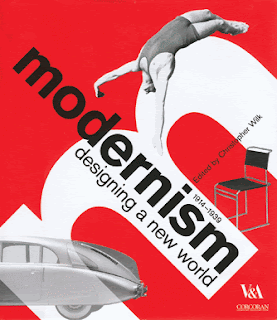
A Spanish illustration found in Barcelona.
I have started taking notice of illustration since late 2007. One illustrator I have always liked in particular is David Shrigley. He does very simple yet humourus drawings and has become very successful. I think illustration is also great for research and sketchbook development. The great thing about illustration is how versatile the subject is. There are so many different techniques that beginners and experts can use. Illustrations can be drawn, painted, or made using computer software such as Adobe Photoshop and Adobe Illustrator. It is greatly used in books and magazines, but is also used a lot for various pieces of artwork. One type of illustration technique I like to use is stick figures and silhouettes. It is basic but very effective, much like the artwork used on "school" signs or a fire exit. With this said, illustration is often used to provide information or decorate a piece of written work. Many types of illustration are done purely as a piece of artwork. Many pieces can be found in design museums, just as examples of what designers can create. I personally find illustration one of the better ways to be creative with art and come up with new ideas for adverts, posters, flyers and magazine covers.
Please visit these websites for some great illustration examples:
http://www.illustration.web.com/
http://www.davidshrigley.com/

















